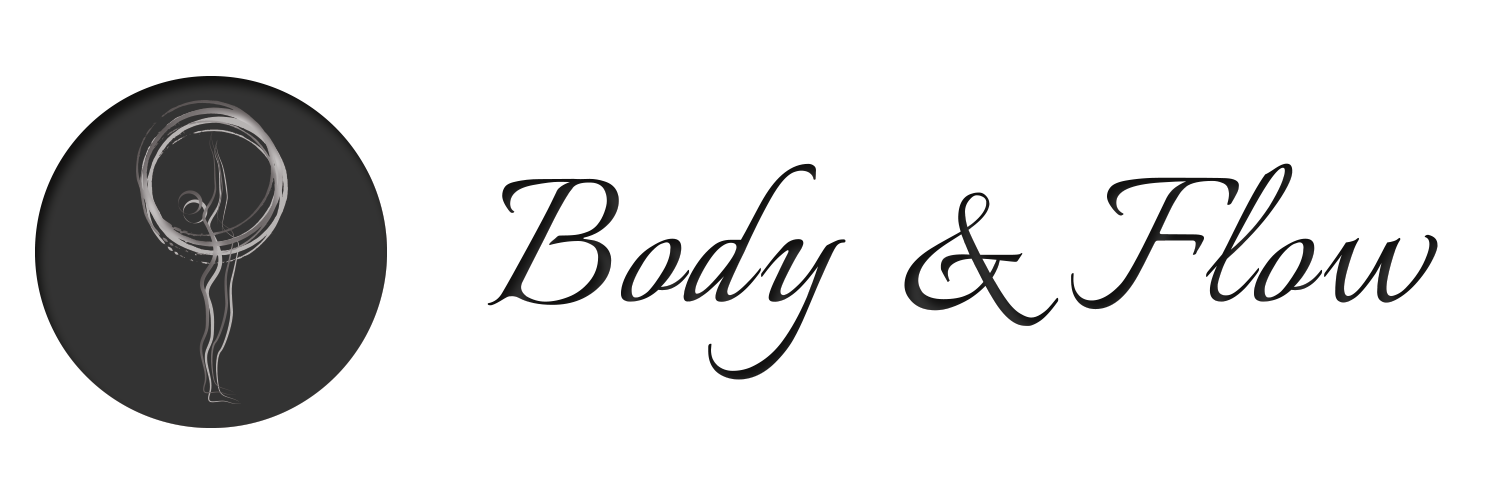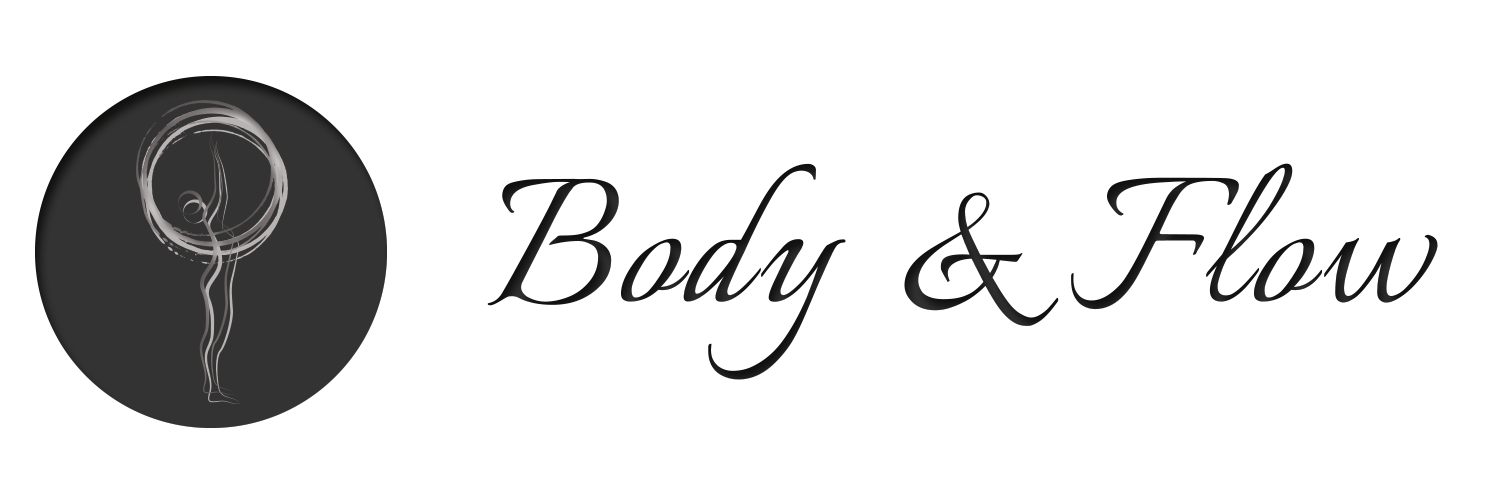Special Populations Primary School Teachers
In Pilates it is possible to cater for all kinds of Special Populations and there is much literature to be found on this subject. Pilates to improve your running technique, how Pilates can improve posture amongst the younger generation, Pilates for Mothers and Babies, Pre-natal Pilates. The list just keeps on going. But what about the amazing group of people who labour, day in, day out in our Schools providing the best possible education for our young children? What about teachers?
Having been a Primary School teacher myself for 12 years, I have experienced many of the stresses, strains and physical discomforts that can result from working with young children in a high pressured environment. Not enough time to exercise, painful shoulders and upper back, fatigue, stress and an overall lack of physical and mental well-being. After discovering Pilates 3 years ago and completing my Instructors Certification in April I can now see how Pilates can benefit all teachers of young people. It certainly turned my life around.
When was the last time you entered a Nursery or Key Stage 1 classroom? Have you seen the size of the chairs and tables? They are tiny! I have recently spent time observing in such classrooms and I was shocked by the amount of time adults spent hunched over on these tiny chairs and tables talking and learning with the children. Kyphosis (an abnormal, convex curvature of the spine, with a resultant bulge at the upper back) appears to be rife amongst teachers who work with small children.
Sitting at the tiny tables and chairs repetitively or for long periods of time can cause the spine to curve unnaturally and the shoulders to hunch making certain muscle groups tight and others under used. The spinal extensors can become weak which further heightens the poor alignment of the spine and the muscles at the front of the chest can become constricted causing the shoulders to hunch and breathing to be impaired. I believe that from even just two Pilates classes a week with spinal extension exercises featuring highly these teachers of young children could learn how to use their core muscles correctly in order to support their posture when seated at the uncomfortably low tables and chairs and for everyday life.
One of the biggest complaints from teachers about their job is stress. People who become teachers in schools are naturally very conscientious and want their students to achieve the best they possibly can. They set very high standards for themselves and the young people they work with. This level of commitment and perseverance does take its toll on the body and mind leading to unnaturally high levels of stress.
In his book Return to Life Through Contrology Joseph Pilates (1945) wrote that such a body freed from nervous tension and over-fatigue is the ideal shelter provided by nature for housing a well-balanced mind that is always fully capable of successfully meeting all of the complex problems of modern living. (p. 22). If teachers were to practise Pilates on a regular basis they could begin to experience Pilates as “…a system of physical and mental conditioning that can enhance your physical strength, flexibility, and coordination as well as reduce stress, improve mental focus, and foster an improved sense of well-being.” (Pilates Anatomy: Your illustrated guide to mat work for core stability and balance, Rael Isacowitz & Karen Clippinger, 2011, p. 1).
I teach a number of classes for teachers throughout the week in various different school environments. My key objective during these sessions is relaxation. This sense of relaxation can be achieved primarily through the breath. I try to spend some time at the beginning of each class (whether with beginners or more experienced practitioners) focusing on the breath. Joseph Pilates believed the breath to be central to the enhancement of the mind and body connection which is key when encouraging teachers to forget about the pile of paperwork still on their desks and to spend an hour focusing on themselves.
Teachers tend to carry their stress in the shoulders which creates unnecessary tension and over use of the trapezius and levator scapulae muscles. My classes with teachers always contain the following fundamentals; cervical moves, head float and rotating arms. This is to minimize patterns of muscular tension and increase the awareness of which muscles should be working and which ones should be relaxing. It allows my Pilates students to feel the natural movement and alignment of their head, arms and shoulders without overworking the trapezius and deltoid muscles.
Teaching core engagement and how this can be used to support functional movements in everyday life features highly in my classes with primary teachers. Teachers spend a large proportion of their day standing. When I was working as a full-time primary teacher the amount of time spent on my feet created strain and discomfort into my lower back. By developing an awareness of imprinting and incorporated exercises such as hip/knee actions, single leg circles and single leg stretch into a Pilates programme for teachers my students learn how to use their abdominals correctly to control movements of the pelvis and to maintain pelvic and spinal stability whilst standing, walking, running and even playing.
Throughout my classes with teachers I try to include some meditation and mindfulness. I find music to be very beneficial and have received many positive comments from my students about this. I tend to use music that is upbeat enough to energise and enthuse people with their practice yet relaxed enough to enable people to ‘let go’ and focus on the body, mind and breath. Using phrases such as; ‘thank yourself for being here today’, ‘be grateful for this time you have dedicated to your own well-being’ are very useful to help teachers relax and rid themselves of thoughts of work. I always end my sessions with teachers with a short mindfulness and relaxation session. I ask clients to focus on their breath, noticing what part of the body they are breathing most strongly into. To notice how their body feels, particularly compared to the start of class. To note the feeling of weightlessness of the head on top of the shoulders and the feeling of relaxation yet energy in the body. The room full of smiles and relaxed faces from the teachers and the knowledge that I have assisted in this is a phenomenal feeling.
On occasions (particularly towards the beginning or end of term) my class numbers with teachers tend to be very low. After some discussion with many of my teacher-students I discovered that many of them felt guilty about coming to class when they could have been getting on with one of the numerous tasks still to do in their classroom. One Year 3 (7-8 year olds) teacher stated that by doing a pile of marking, completing a particularly tricky email to a parent or finishing some paperwork she could physically tick something off her ‘to do’ list yet spending an hour focusing on developing her physical and mental well-being was not even on the ‘to do’ list. I wish to encourage all teachers, in fact all people to put themselves right at the top of their ‘to do’ list starting with regular Pilates sessions.
[border ]





